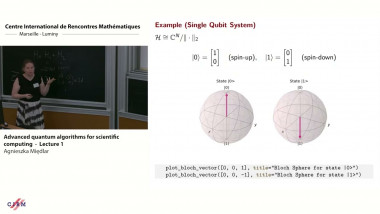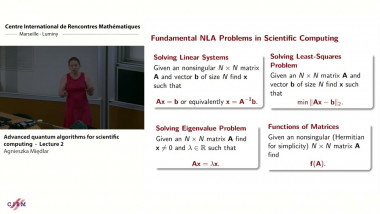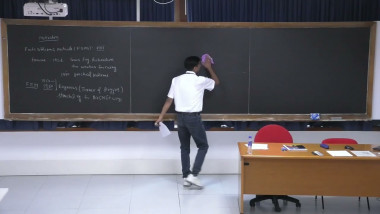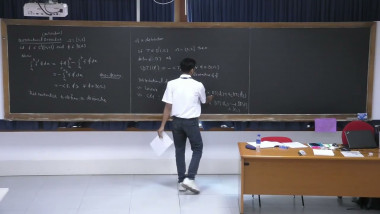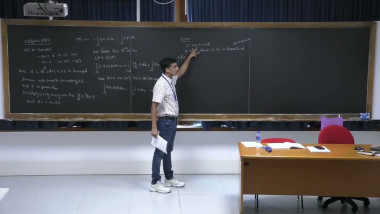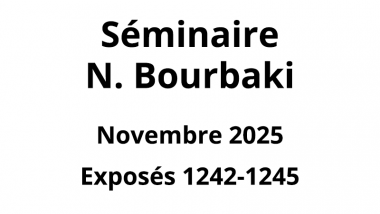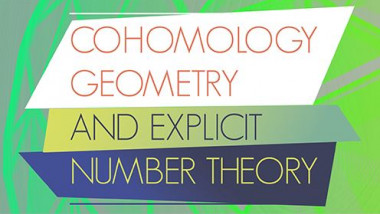Apparaît dans les collections : CEMRACS: Numerical challenges in parallel scientific computing / CEMRACS : Défis numériques en calcul scientifique parallèle, Exposés de recherche
In domain decomposition methods, most of the computational cost lies in the successive solutions of the local problems in subdomains via forward-backward substitutions and in the orthogonalization of interface search directions. All these operations are performed, in the best case, via BLAS-1 or BLAS-2 routines which are inefficient on multicore systems with hierarchical memory. A way to improve the parallel efficiency of the method consists in working with several search directions, since multiple forward-backward substitutions and reorthogonalizations involve BLAS-3 routines. In the case of a problem with several right-hand-sides, using a block Krylov method is a straightforward way to work with multiple search directions. This will be illustrated with an application in electromagnetism using FETI-2LM method. For problems with a single right-hand-side, deriving several search directions that make sense from the optimal one constructed by the Krylov method is not so easy. The recently developed S-FETI method gives a very good approach that does not only improve parallel efficiency but can also reduce the global computational cost in the case of very heterogeneous problems.
